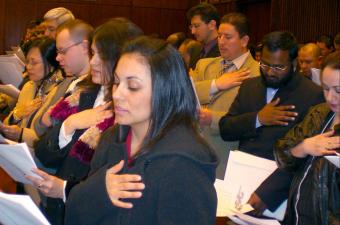Integration Policy
Integration Policy
Recent Activity
Recent Activity
Fact Sheets
March 2017
These fact sheets provide a sketch of key characteristics of the foreign-born and English Learner (EL) populations in select states. The fact sheets look at the demographics of these states, discuss EL student outcomes as measured by standardized tests, and conclude with an overview of state accountability mechanisms that affect ELs under relevant provisions of the Every Student Succeeds Act and predecessor No Child Left Behind Act.











![Cover NationalIdentity book[1]](https://www.migrationpolicyinstitute-europe.com/sites/default/files/styles/publication_thumbnail/public/pub_covers/Cover-NationalIdentity-book%5B1%5D.jpg?itok=liGXkaSf)





